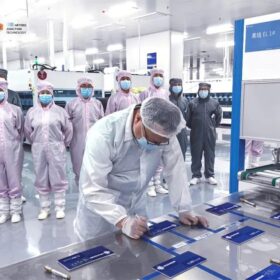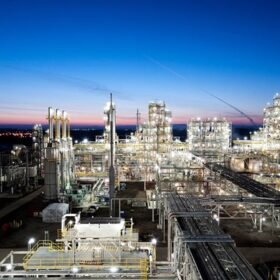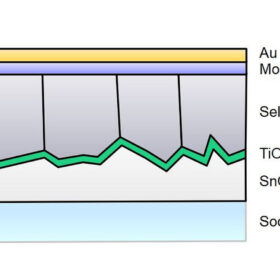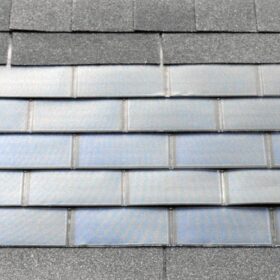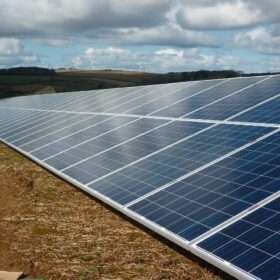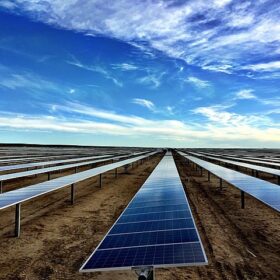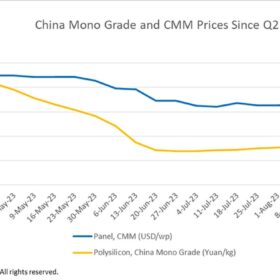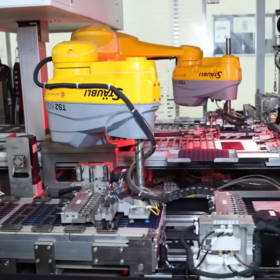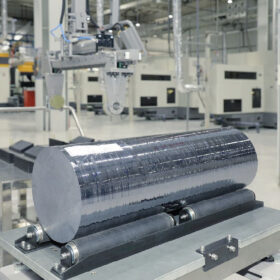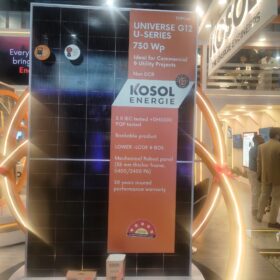Huasun claims 25.69% efficiency for heterojunction solar cell
Huasun Dali started producing high-efficiency 210 mm HJT solar cells this week, and is expected to achieve an average efficiency of 25.5% in mass production.
Panasonic testing BIPV glass based on perovskites
Panasonic is now testing perovskite-based power-generating glass with Japanese property developer Mitsui Fudosan Residential at a new building in Kanagawa prefecture, Japan.
Qcells to sign $3 billion supply agreement for US-made polysilicon
Hanwha Qcells will make sizable prepayments to help restart the REC Silicon plant in Moses Lake, Washington, by Nov. 1, with a goal of reaching full capacity by the end of 2024.
Sharp unveils all-black 420 W TOPCon solar panel with 21.51% efficiency
Sharp’s new IEC61215- and IEC61730-certified solar panels have an operating temperature coefficient of -0.30% per degree Celsius, with 21.51% efficiency.
Selenium solar cell built with laser-annealing achieves record fill factor of 63.7%
Built by Danish researchers, the device also achieved a power conversion efficiency of 5.0%. They designed the cell with a soda-lime glass substrate, a tin oxide (FTO) layer, an electron transport layer made of titanium oxide (TiO2), a selenium absorber, a molybdenum oxide (MoOx) layer, and a gold (Au) metal contact.
IEA-PVPS releases guide for applying innovation system approach to BIPV
IEA-PVPS has published a new handbook that provides support for Technological Innovation System (TIS) analysis for building-integrated photovoltaics (BIPV).
IREDA, IIFCL team up to finance renewable energy projects
Indian Renewable Energy Development Agency Ltd (IREDA) and India Infrastructure Finance Co. Ltd (IIFCL) will engage in co-lending and loan syndication for all categories of renewable energy projects.
Bila Solar to make lightweight solar modules in US
Bila Solar – a Singapore-based developer of glassless, frameless PV modules – has announced plans to invest about $35 million to renovate a factory in Indianapolis, Indiana.
JA Solar to build 5 GW of cell capacity in Vietnam
GCL Technology Holdings Limited reported strong revenue for the first half of 2023, while JA Solar says it will invest CNY 2.72 billion ($374.8 million) in 5 GW of N-type solar cell capacity in Vietnam.
China polysilicon prices rise for the eighth consecutive week
In a new weekly update for pv magazine, OPIS, a Dow Jones company, provides a quick look at the main price trends in the global PV industry.
